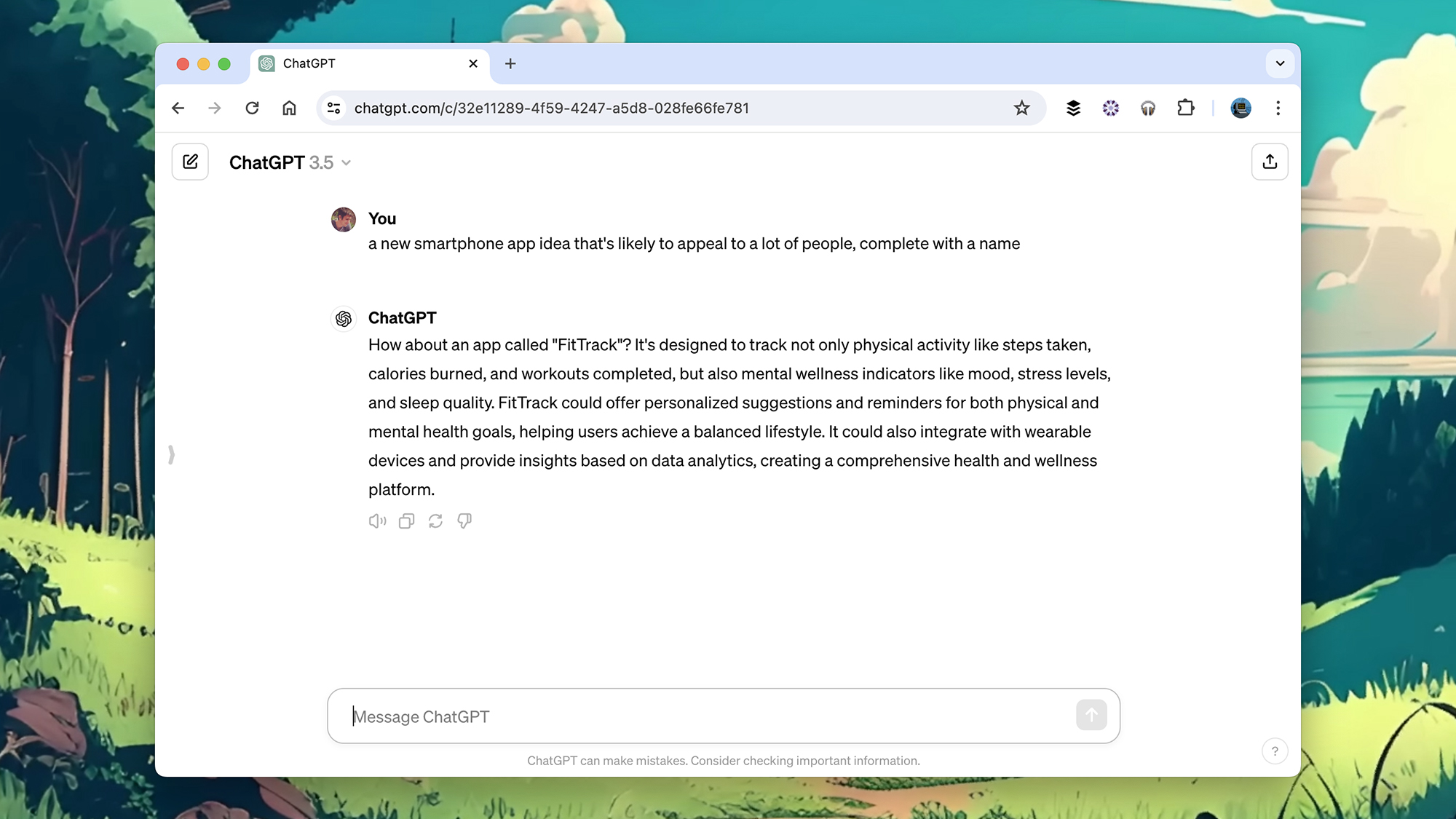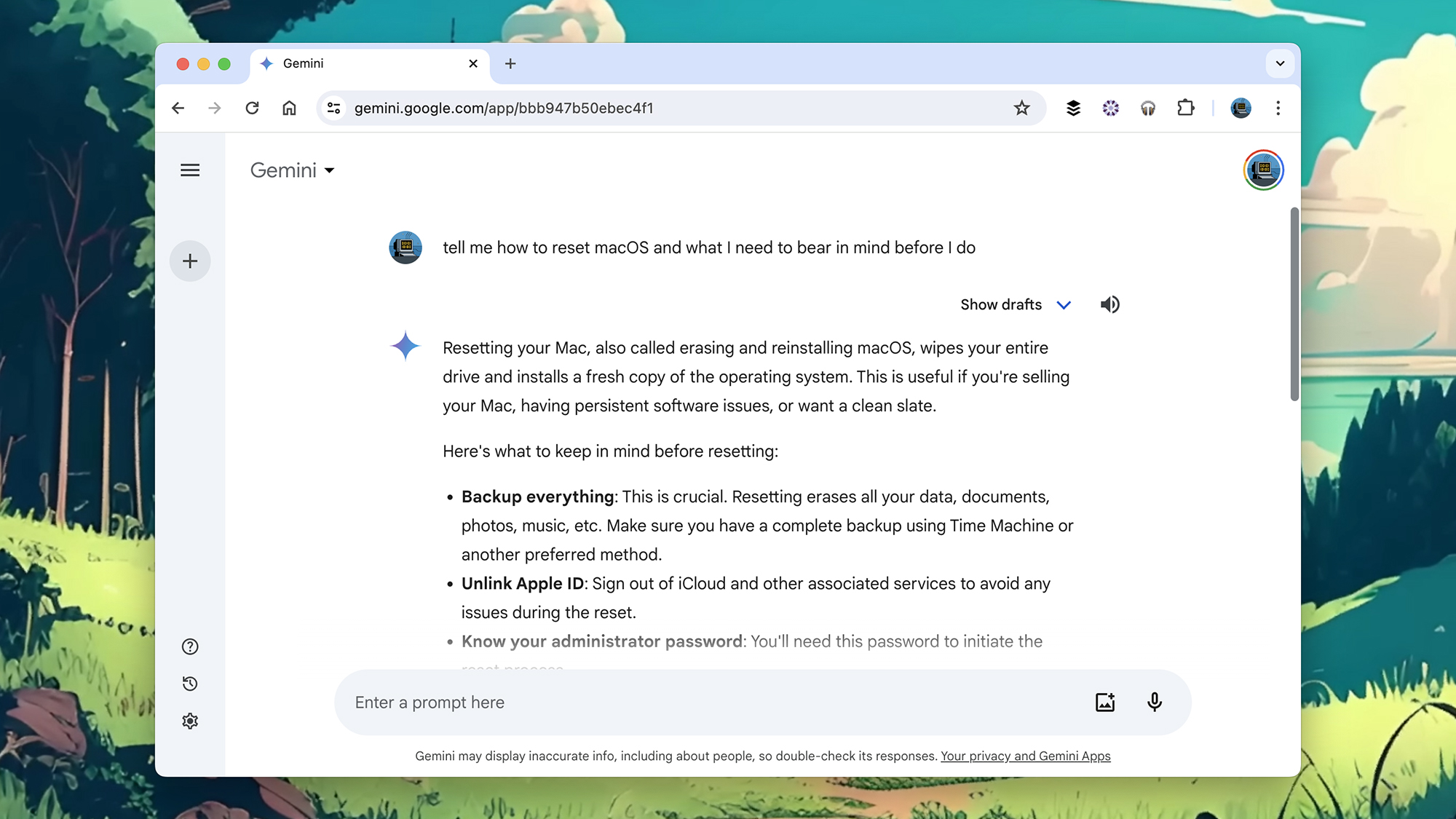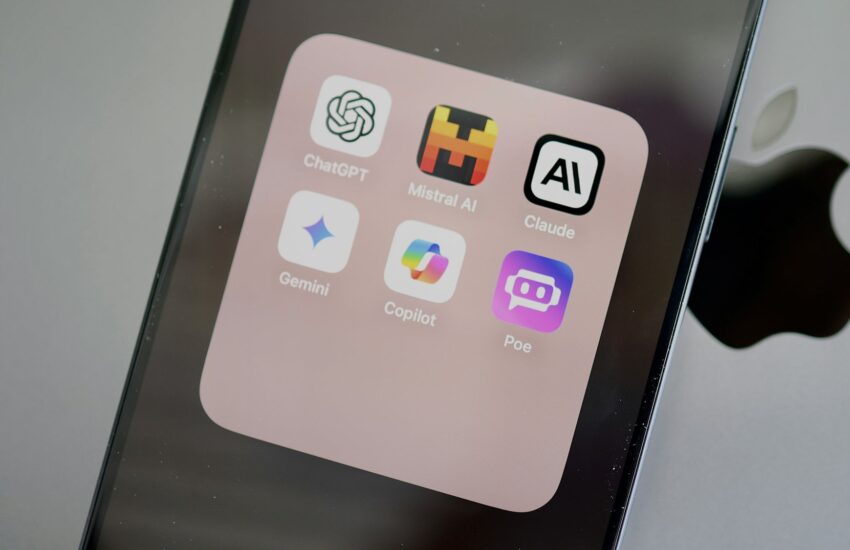You can’t miss the recent and rapid rise of generative AI chatbots, with more and more of these apps opening up their doors to users—and pushing their way into the software and hardware we use every day.
In the same way you can choose your favorite email provider or music streaming app, you can now pick your favorite AI chatbot too. To give you some idea of which one’s right for you, we’ve put three of the biggest ones to the test here.
There are several more besides these to consider, including Perplexity and Claude, but for now we’re focusing on the three most well-known names in the space: Microsoft’s Copilot, ChatGPT from OpenAI, and Google Gemini.
As well as giving you the basics of each bot, we’ve also run three standard tests for each one. Find out how these AI engines performed with “a free and easy game idea for a 5-year-old’s birthday party,” “a new smartphone app idea that’s likely to appeal to a lot of people, complete with a name,” and “tell me how to reset macOS and what I need to bear in mind before I do”.
For the purposes of this guide, we compared the free AI models on each of these chatbots at the time of writing, rather than the paid-for versions.
Microsoft Copilot

Available on: Web, Windows, Android, iOS
Pricing: Free or $20 a month (priority access to newer models)
Features: Text, images, code, documents
You’ll find Copilot in just about everything Microsoft does now—Bing, Windows, OneDrive—and it’s also available in web app and mobile app form. You don’t even need to register an account to use it, though your usage allowance is limited if you don’t sign in with your Microsoft credentials.
Copilot uses Microsoft’s Bing search engine seamlessly, and many responses have web links attached as citations—very handy if you want to make sure the AI isn’t hallucinating. It’s also friendly and conversational in tone, offering a bunch of suggestions for prompts whenever you open it up.
The AI engine underpinning Copilot is actually OpenAI’s GPT-4 (at least until Microsoft develops its own), but the tools are different in several ways—including the three chat settings you get to tweak the text output of Copilot: More Creative, More Balanced, and More Precise.
As for our challenges, Copilot suggested What’s the Time, Mr. Wolf? for our 5 year olds, and a virtual interior design augmented reality app for smartphones—though it didn’t give us a name for it, instead telling us to “get creative” with the name.
When it came to the Mac reset, the instructions were spot on, and apparently (according to the citations) pulled straight from the Apple support website. We were told to back up all our data too, which is the right approach.
Copilot is the obvious choice if you’re already embedded deep in the Microsoft ecosystem. It works well at referencing relevant information from the web, and provides citation links that are clear and straightforward to follow.
OpenAI ChatGPT

Available on: Web, Android, iOS
Pricing: Free or $20 a month (newer models, more features)
Features: Text, images, code, documents
It feels like ChatGPT has very much been setting the pace when it comes to generative AI, but is it actually that much better than the competition when you actually get down to using it? It’s certainly widely available: You can get at it from the web on any computer, or from the mobile apps on Android and iOS.
There’s quite a big distinction between the free version of ChatGPT and the $20-per-month Plus version—you need to be a subscriber to get features like image generation and document scanning, for example. A subscription also lets you build your own GPTs, with custom prompts and your own data (so you could, for example, feed a GPT a pile of research papers and then ask questions about them).
ChatGPT Plus also gives you access to the most recent GPT-4 models, but the free GPT-3.5 model is a perfectly fine gateway into AI chatbot conversations. It’s fast and versatile, though it doesn’t give you links to other places on the web as Copilot does, to help you check the veracity of what you’re reading.
One of the main reasons to go with ChatGPT as your chatbot of choice is that it’s at the cutting edge of AI development, with new improvements and features released on a regular basis. That said, it’s most impressive when you’re paying for it, so it’s perhaps not the bot to go for if you’re on a budget.
The bot did reasonably well on the challenges we gave it: The game suggestion was musical statues but with a theme twist to the music (like superheroes or animals), which is a nice idea. The macOS reset instructions were fairly detailed, and mentioned backups, but were a bit out of date—GPT 3.5 has only been trained on data up to January 2022.
As for the smartphone app suggestion, ChatGPT put forward something called FitTrack, which would be intended to track both physical and mental metrics for a holistic view of your health and well-being—not the most original idea, but at least it was well thought out (and ChatGPT included a name).
Google Gemini

Available on: Web, Android, iOS
Pricing: Free or $20 a month (newer models, better integration with Google’s other apps)
Features: Text, images, code
Lastly, we have Google Gemini (previously known as Google Bard), which is available as a web app, a standalone Android app, and in the Google app for iOS. Again, there are two plans, free and paid, but that paid plan ($20 per month) is part of Google One—so you get extras such as cloud storage thrown in too.
When it comes to the actual differences in using the product, paying a monthly fee just gets you access to a newer, smarter model (these models are also called Gemini). In some situations, you might not notice the difference, but in others—like coding or math—you probably will.
Whichever flavor of Gemini you go for, the interface is very similar to ChatGPT, with your previous conversations down the left of the screen. Linking to previous conversations is straightforward, and we like the way you can see multiple draft responses for the same prompt (even if the drafts are often very similar).
As with Copilot and Microsoft, Gemini makes a lot of sense if you already use a lot of Google products—indeed you might have already used it through Google Docs or Gmail. In terms of the answers and the interface though, it’s more like the OpenAI offering, for better or for worse: a bit more efficient and not quite as friendly as Copilot.
When responding to our macOS reset query, Gemini followed ChatGPT’s lead in producing an answer that made sense, but which wasn’t updated to take into account the latest Apple Silicon Macs. It did, however, provide a source link for checking (the Apple support website), like Copilot but unlike ChatGPT.
The app suggestion was something called Swap & Share Shelf, for lending items to neighbors—actually a pretty decent idea—and the party game suggestion was pin the tail on the donkey, but with a magical creature instead of a donkey. Like the ChatGPT idea, it’s an interesting twist on an old classic.
We weren’t particularly looking to find an outright winner through this comparison, and indeed they’re all fairly matched—as Copilot, ChatGPT, and Gemini can all be used for free, you can see for yourself which suits your needs better. As far as our testing goes, Copilot gives you most AI functionality without paying, ChatGPT is more or less the most competent AI (but only if you pay for it), while Gemini is the one to go for if you’re already a fan of everything Google does.

